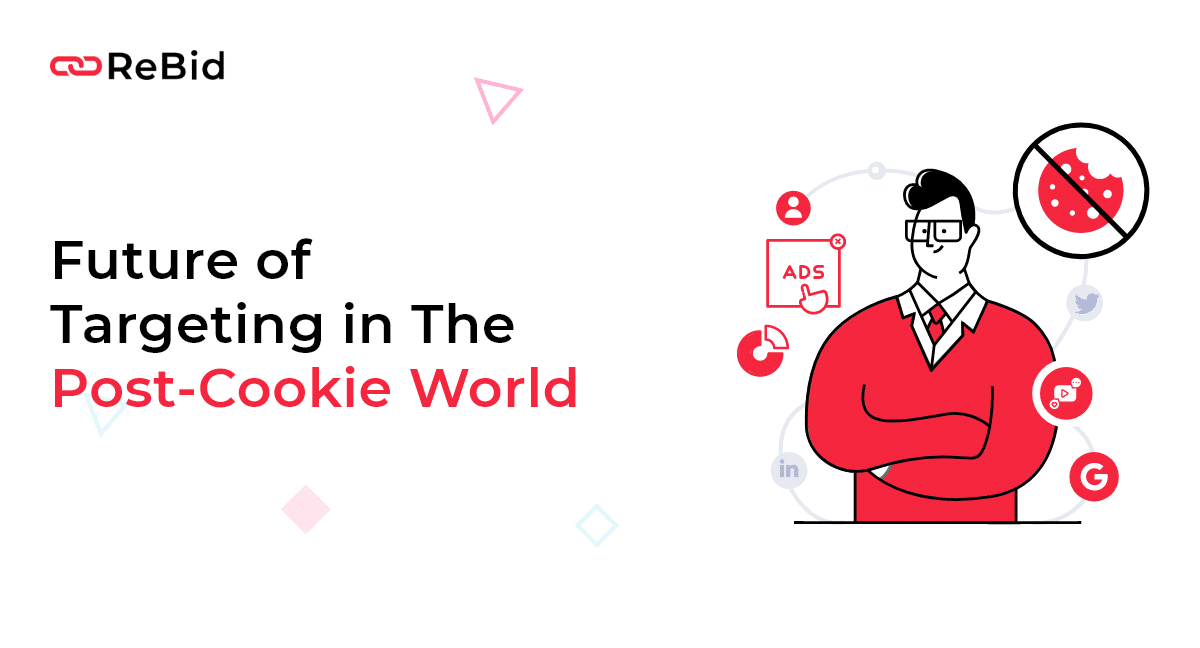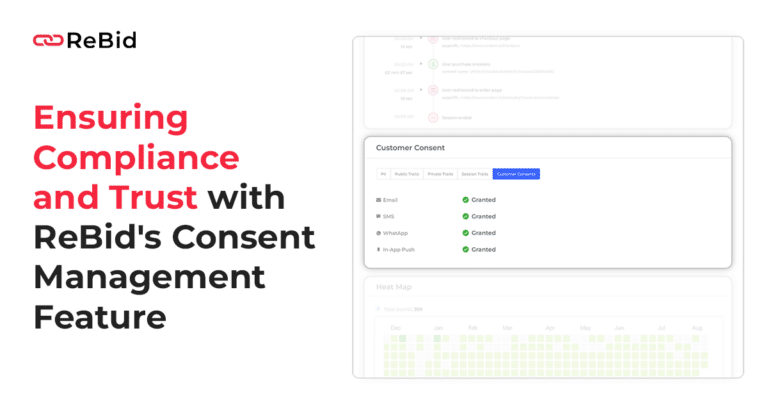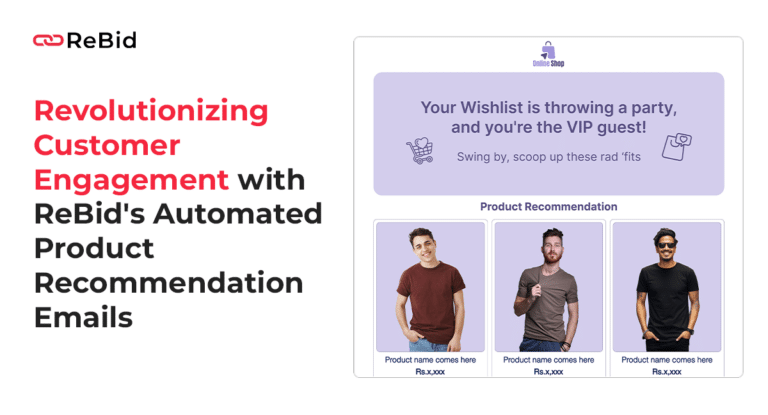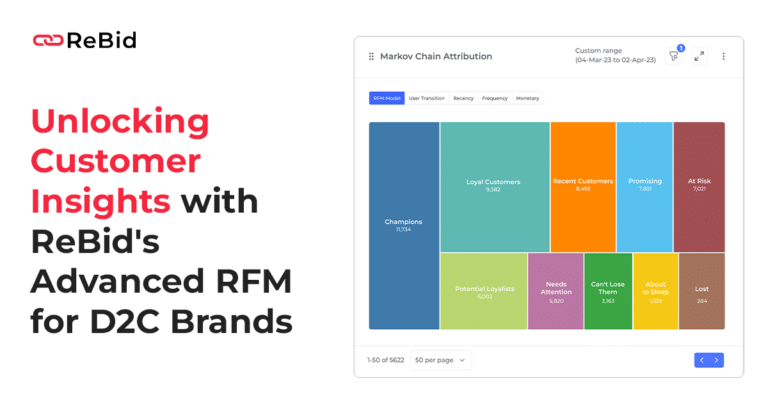In the Post Cookie world, The future of targeting is changing especially with how brands navigate customer data collection practices to power their ad campaigns. Google is phasing out third-party cookies in Chrome, and all other browsers are following suit.
Brands must see this year as an opportunity to formulate strategies that will replace the need for third-party data without affecting the future of targeting for ad campaigns.
Understanding the Dwindling of the Cookie Jar
Until now, third-party cookies were the clues brands needed to identify potential leads and buyers. Then, brands could target and retarget depending on consumers’ online behavior.
This took away the burden of collecting and processing first-party data. Third-party cookies were sufficient to profile users and target them with relevant ads.
With a more privacy-forward approach to Internet governance globally, ad targeting will have to be based on more deliberate efforts. This is the only way you will get a comprehensive picture of your target customer.
Replacing Third-Party Cookie Data without compromising Future of targeting
The priority should be to allow consumers to have privacy concerning their data while not compromising their consumer journey. As a result, identity-based solutions will take centerstage. Consumers will no longer feel like they are sending their data into an abyss of unauthorised usage.
When the focus is on customer experience, you are not competing with the consumers to pry their personal data for your use. You are simply aligning the goals of your ads with the safeguards your consumers demand.
Targeting without cookies will have three key strategies at the core. Let us see what they are:
Strategy 1: Enhancing The Use Of First-Party Data
Consumer intent can be gauged from the customers themselves, so why not go directly to the source?
Provide value to your customers through newsletters, giveaways, blogs, and so on. In doing so, they will provide you with information related to their preferences, buying patterns. When you deliver value exchange, customers freely share their personal details which further enables your targeting efforts.
When you collect these details directly from customers, they consent to their information being used. Optimise touchpoints along their buying journey. Target them with loyalty programs, discounts, and incentives so they stay within the fold of your data collection practices.
Strategy 2: Partnering With The Right Publishers
Collecting first-party data on your own as a brand is not an easy feat. Data-driven targeting requires a dedicated vision and team.
Use the refineries of large publishers for your data oil instead of collecting first-party data yourself. This way, you can avoid heavy investments. Publishers steer consumers towards their websites through their content. Therefore, it is easy to identify which publishers you can partner with. They are bound to have data and customer cohorts that can be the cornerstone of your targeting efforts.
Strategy 3: Going All In With Contextual Advertising
This method allows you to look beyond your consumer’s behavior to websites that can operate as ad spaces. This is what programmatic advertising is. Opt for programmatic deals where you bid for ad space on a page that attracts your target audience.
You are not targeting the audience per se. You are ensuring visibility within the pages they may visit. Naturally, you are doing away with the need to ask for consent.
Wrapping Up for Post Cookie World
A post cookie world need not be an apocalypse. With first-party data, collaboration with publishers, contextual advertising, the future of marketing is fool-proof. Your brand will thrive with a tech stack partner who can do all the heavy lifting work for you.
ReBid is built for the post-cookie world. We can help you navigate through the coming changes that impact the future of targetting. Sign up for a demo.





